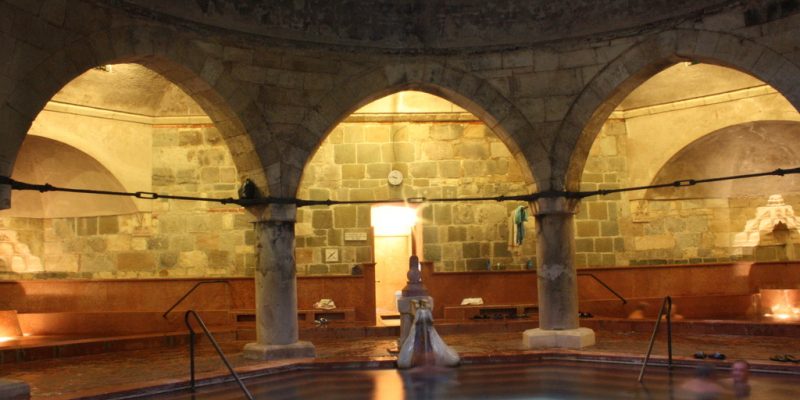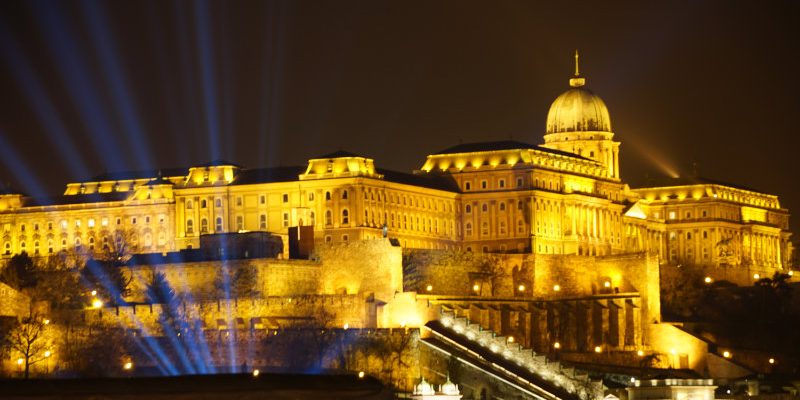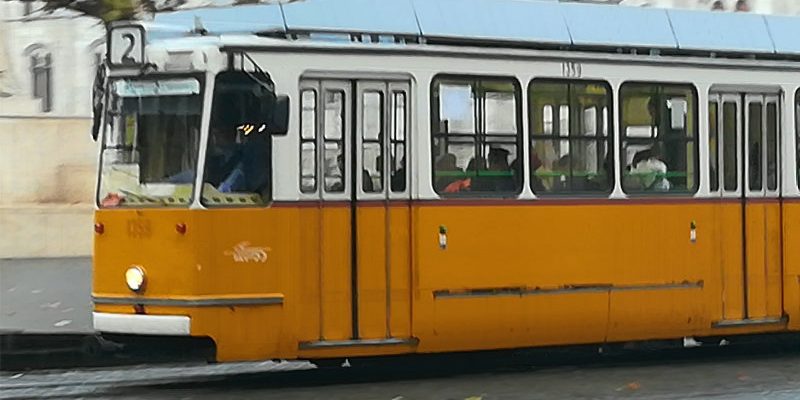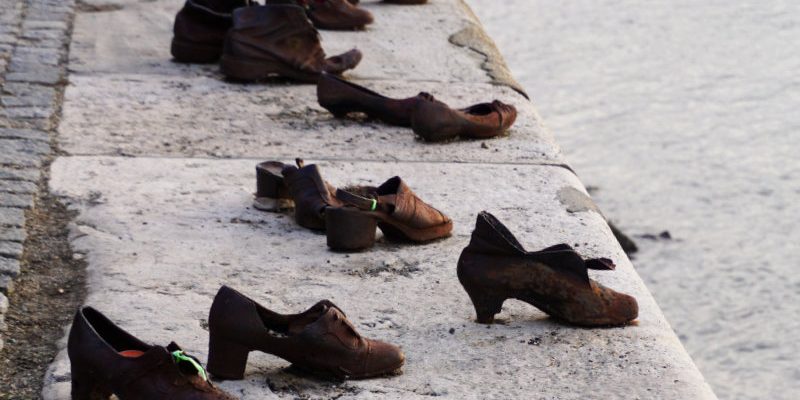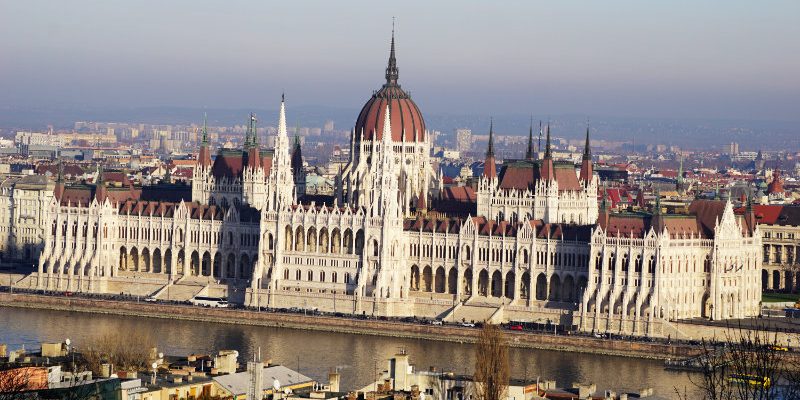When we planned our trip to Budapest we knew we just had to make it a Christmas market trip. There is nothing I like more than discovering a new city in the winter with all the Christmas lights up.
Budapest
Pure relaxation at the Rudas Spa
Sunday morning – we decided we wanted to try on of Budapest’s many spas. We quickly picked one and we planned our trip to the Rudas Thermal Bath.
Out and about in Buda
The city of Budapest is split in two by the river Danube. Before both parts of the city merged, two separate cities developed on either side of the river, Buda on one side, Pest on the other.
Taking the tram number 2 along the Danube
I love city tours. Sit somewhere comfortable, listen to more or less interesting anecdotes and get an overview of the city. Some of these city tours are unfortunately rather expensive.
Continue Reading about Taking the tram number 2 along the Danube
Why are there shoes by the river Danube?
And why are there Peter Falk, a fat policeman and a painter in Budapest? These are questions we asked ourselves on our adventures in Budapest – when we passed monuments and statues.
Continue Reading about Why are there shoes by the river Danube?
A tour of the parliament building in Budapest
Since almost half a million people visit the parliament building in Budapest each year it must be worth it – that’s what I thought. So I researched and planned and researched some more and decided that we are going to plan our visit once we’re in Budapest and skip the expensive tickets that third parties offer.
Continue Reading about A tour of the parliament building in Budapest

